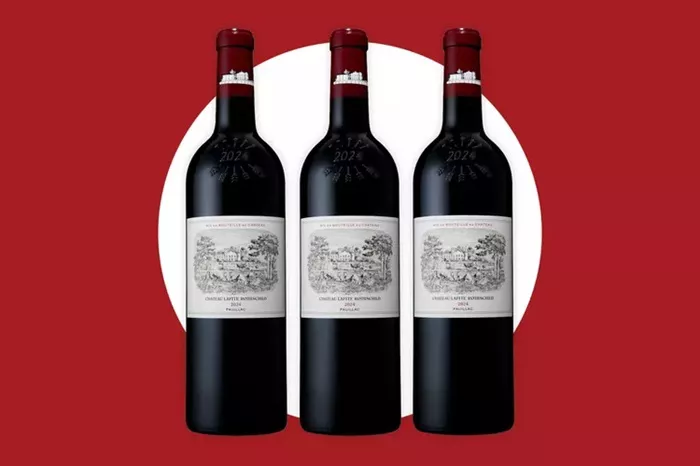On May 2nd, Lafite Rothschild, one of the renowned Premier Cru chateaux in Bordeaux, announced a significant reduction in the futures price of its 2024 vintage, which has sparked heated discussions in the wine industry. Each bottle is priced at 288 euros, 27% lower than the price released in 2023 and the lowest since 2014. This is not an isolated event. The price of the “Saint-Emilion superstar” ch<s:1> teau Angelus announced on the same day has decreased by 31% compared with last year. Subsequently, on May 6th, the price of Mar-Blanco was reduced by 28.1%, while the saint – Julian’s second increase in Gruaud – was 27.9% lower than the starting price in 2023. The wave of price cuts by top Bordeaux chateaux marks a significant shift in the fine wine market.
The Significance of Futures Pricing in Bordeaux
Bordeaux has a unique system where wines are often sold as “futures.” For the 2024 vintage, consumers are purchasing wines that won’t hit store shelves until late 2026 or early 2027. The concept behind this is that early buyers can secure wines at a lower price than the eventual retail cost. The futures prices of top châteaux play a crucial role in defining the market for a particular vintage. They set a benchmark that influences the pricing of other wines within the region and can impact consumer and investor sentiment.
Reasons Behind the Price Cuts
The global economic climate has been challenging in recent times. Economic uncertainties, currency fluctuations, and trade tensions have all taken a toll on consumer spending power. In the context of luxury goods like fine wine, consumers are becoming more cautious with their purchases. Bordeaux, which has a significant international market, is not immune to these economic headwinds. The weakening demand, especially from major markets such as China (a significant consumer of premium Bordeaux wines), has forced châteaux to reevaluate their pricing strategies.
The 2024 vintage presented its own set of challenges. The growing season was characterized by cool and rainy weather.
These conditions led to concerns about the quality of the grapes, with talk and rumors of rain and mildew affecting price expectations even before wine critics released their scores. Michele Weiss, a senior buyer at Zachy’s in New York, noted these pre – score concerns. However, while the vintage may not be a blockbuster, it has produced some excellent wines. The best wines from 2024 are said to be of high quality, but the overall perception of the vintage due to the weather conditions has contributed to the price adjustments.
In previous years, favorable economic conditions, combined with reduced production in some cases and high ratings from critics, led to relatively high prices for Bordeaux wines. But as prices continued to climb, consumers and the market as a whole started to show signs of fatigue. The high prices made some of the top Bordeaux wines less accessible to a broader range of consumers and investors. The price cuts in 2024 can be seen as a response to this market fatigue, an attempt by the châteaux to make their wines more appealing and regain market share.
Implications for Wine Buyers
The significant price cuts in 2024 Bordeaux futures present a rare opportunity for collectors and fine wine investors. Historically high – end labels are now more accessible. For those looking to build or expand their wine collections, or for investors seeking to enter the Bordeaux wine market, the 2024 campaign could be a smart entry point. With prices at their lowest in a decade for some wines, there is potential for long – term value appreciation, especially if the quality of the wines lives up to expectations. However, as with any investment, there are risks. The wine market can be volatile, and factors such as changes in consumer preferences, economic conditions, and future vintage quality can all impact the value of these investments.
Even for casual wine lovers who may not be thinking about long – term investment, the price cuts are good news. While a bottle of Lafite Rothschild may still be out of reach for an everyday pour, the lower futures prices can have a trickle – down effect. It may lead to more affordable prices for wines from other Bordeaux estates that are part of the same négociant system or are influenced by the pricing of the top châteaux. Additionally, it could encourage more experimentation among consumers, as they may be more willing to try different wines from the 2024 vintage at the reduced prices.
The 2024 Bordeaux futures price cuts are a significant development in the wine world. They reflect a complex interplay of economic, vintage – related, and market factors. For wine buyers, whether collectors, investors, or casual enthusiasts, these price cuts offer opportunities to explore and engage with the world of Bordeaux wines in new and potentially rewarding ways.
Related Topics


